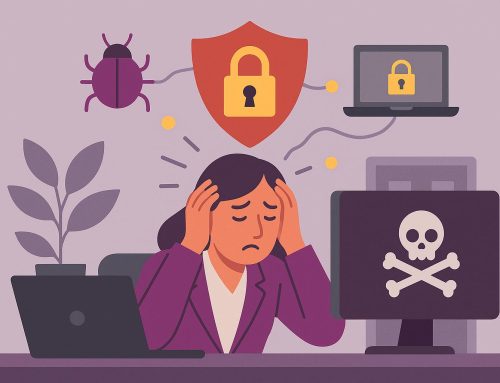Do you control what live streaming happens in your office?
What are your staff doing right now….Working? Are you sure? Studies have shown that Brits spend around 122 hours watching and listening to sport each year, but how much of that is being done during work hours?
With the World Cup in full swing and people in the UK wanting to support their team, whatever Country they are from, the lure to live stream those all important games is too enticing for some.
How does live streaming affect network performance?
Multiple users streaming over the same network can and will cause issues. You need a minimum download speed of 3 Megabits per second to watch a single video stream in clear, standard definition, so imagine a few members of staff live streaming a programme simultaneously. This could have a detrimental effect on the performance of WiFi only businesses and can cause staff to have to work at a slower pace, or potentially cause network crashes. The dreaded ‘spinning circle’ appears if the download rate can’t keep up with the bit rate and for many businesses, having a high speed download rate isn’t necessary for day to day office functions. Live streaming World Cup matches, for example, take approximately 500–700 megabytes of data to watch a 90 minute match.
As well as network performance, staff who are live streaming during work hours are ultimately affecting their own performance too. Companies rely on their staff to work to a certain standard, meet targets and perform at a rate which is reflected in their salary.
How can companies prevent staff from live streaming at work?
Introducing a work television during events such as the Olympics or World Cup, should prevent employees from live streaming; hopefully they’ll be no arguments over who controls the remote.
Employers can always check what staff are using the internet for, if it is an office networked computer. Introducing a ‘no streaming’ clause should be part of the statutory company policy; therefore protecting your computers from potential viruses, ensuring staff are performing to the standards expected of them as well as reducing the risk of system crashes.
What is the future of live streaming?
Many companies use live streaming effectively. For those who operate on a remote working basis, the migration from Windows 7 to Microsoft Office 365 expected in 2020, will make working from home and staying connected wherever you are easier.
Giving employees the freedom to work remotely, ensuring they are using their time productively and not live streaming sports events, may still be problematic. However, ensuring the proper security measures are in place and educating staff on the right way to live stream during their lunch break, is a great place to start in protecting your business.








